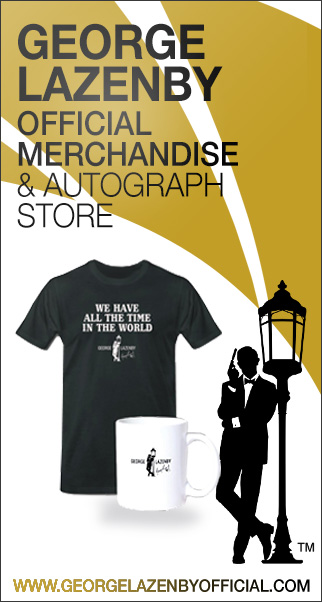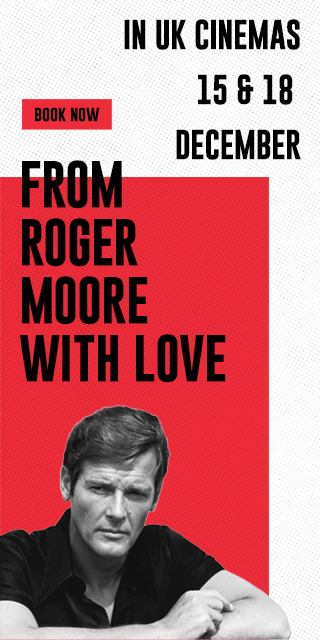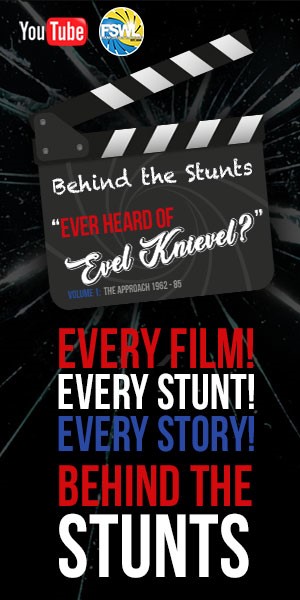Hemsidan senast uppdaterad: 2025-06-10
Hem
Bok- och filmrecensioner
Event
FSWL Merchandise
Intervjuer
James Bond 007 filmerna
James Bond 007 litteratur
James Bond 007 nyheter
James Bond 007 produkter
James Bond 007 samling
James Bond 007 shop
James Bond 007 spel
James Bond fanklubbar
James Bond personligheter
Svenskar i Bond-filmerna
Tävlingar
Till minne av
Rubinjubileum för Moonraker (1979) med Roger Moore som 007
Av: Greg Bechtloff
Publicerad:
2019-11-19
2019-11-19
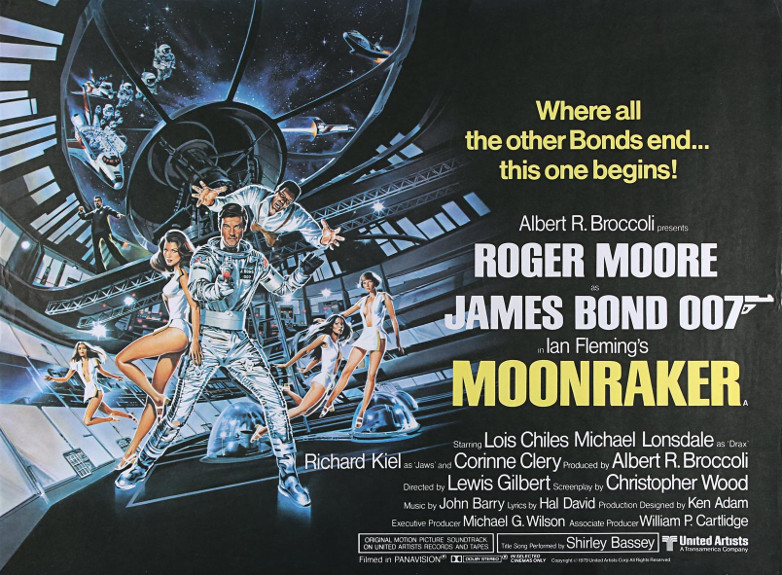
Once thought of as an entry that suffered from series bloat and being a “follower” in Star Wars’ wake, Moonraker now is regarded as an icon of 1970’s chic. Others have argued that Moonraker took a “science fact” approach rather than a science fiction one. Hence it owes more to 2001 A Space Odyssey than to Star Wars.
Somehow this feels true. Take a look at noted Bond fan Christopher Nolan’s 2014 film Interstellar. In some curious way you can see the genetic code of Moonraker informing that film.
Official theatrical trailer for Moonraker (1979) starring Roger Moore
Many diverse legacies stem from Moonraker.
This was the first Bond film in the series to not be fully based at Pinewood Studios. British tax policies in the 1970’s forced many creatives such as Roger Moore and John Barry to become tax “exiles”. This meant that they relocated their domicile to another country in order to shield their income from ludicrous levels of taxation. These people would only be allowed to stay in the United Kingdom for a limited number of days.
Similar economic situations made basing the new film at Pinewood highly expensive. Hence the decision was made to utilize France as the base. French studios, talent and technicians all joined this film.
This influx of Gallic creative energy gave Moonraker a lush, more European look and feel than previous Bond films.
From Moonraker onwards it was not always a given that a Bond film would be based at Pinewood Studios. Subsequent 007 films would be based in Mexico City, Leavesden and even Prague.
Another turning point for the Bond series from the Moonraker era was the start of instability from franchise stakeholder United Artists. The fabled production company finally lost its golden touch in the late 1970’s culminating with the disastrous Heaven’s Gate. This was the film that broke the camel’s back.
That debacle forced parent company Transamerica to sell United Artists to MGM. That set in motion a seemingly endless series of corporate slicing and dicing involving MGM and its multiple iterations.
A recurring cycle stemming from this merger continues to this day. United Artists or MGM blows its capital on a bad slate of films. Financial collapse seems imminent. But then a new James Bond film makes a lot of money and saves the corporate bacon.
No Time To Die (2020) will no doubt help forestall another near death experience for MGM and its new partner Annapurna. Annapurna itself had a financial scare in the run-up to Bond 25.
On a bubblier note, another enduring legacy from Moonraker is the association between Bollinger Champagne and the James Bond films. The French champagne icon first joined forces with Eon Productions on Moonraker. The partnership has continued to this day and has gone from strength to strength. Numerous cross promotional adverts only reinforce the luxury trappings of the James Bond character with the stylish marque.
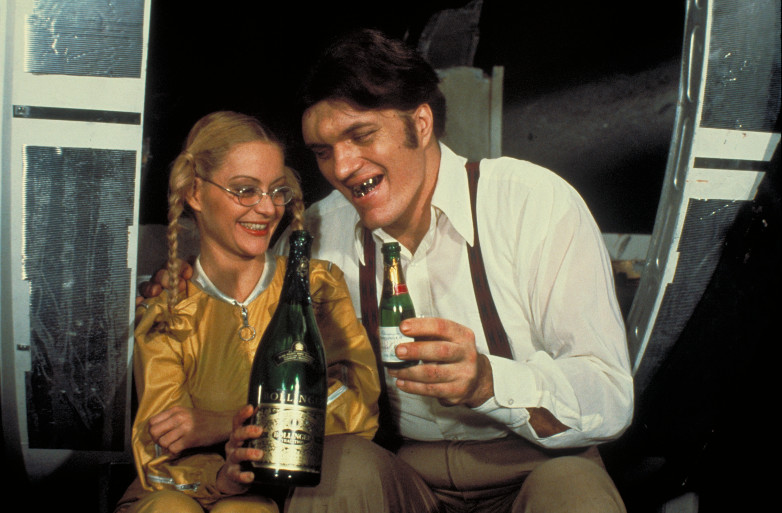
French actress Blanche Ravalec with American actor Richard Kiel in a scene from Moonraker. Copyright © 1979 Danjaq S.A. & United Artists Corporation. All rights reserved.
Recently, Eon and Bollinger commemorated this partnership with a lavish event in Paris. Also unveiled was a special 40th Anniversary Moonraker themed limited edition champagne. Not too shabby from a film once derided as a weak entry in the series!
Next up... On Her Majesty's Secret Service (1969) starring George Lazenby.
Taggar:
#artiklar
#corinne_clery
#filmjubileum
#greg_bechtloff
#jubileum
#moonraker
#richard_kiel
#roger_moore
#roger_moore_james_bond_filmer
Tweet





